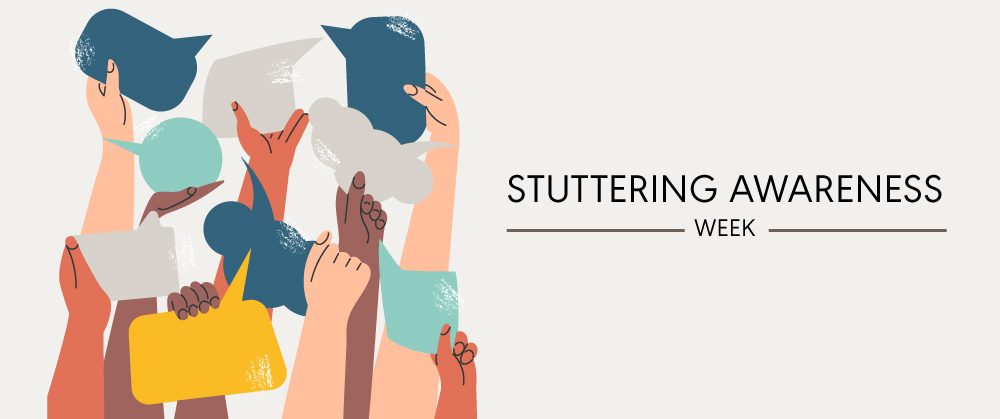In honor of the 35th anniversary of National Stuttering Awareness Week, we’re featuring articles from four of our journals studying fluency in childhood and throughout the lifespan. ASHA members can use these articles to inform their work with people who stutter—whether that work is in the classroom, clinic, or lab. The articles also can help ASHA members recognize and change negative attitudes around stuttering.
Children Who Stutter
Culturally Responsive Guidelines for Serving Families of Bilingual Children Who Stutter: Many speech-language pathologists (SLPs) find the number of bilingual children in their clinics increasing every year, and those who specialize in fluency are no different. This tutorial clears up misconceptions about fluency in children who speak multiple languages and highlights the importance of maintaining a child’s home language while addressing communication challenges.
Factors Associated With Symptoms of Anxiety and Depression in Children Who Stutter: Although children and adolescents who stutter may be at risk of elevated anxiety and depression symptoms, studies have found variability in these symptoms. In this article, the authors found a number of predictors of anxiety and depression in people who stutter—this finding can help SLPs identify children who are at risk for these additional mental health outcomes.
The Association Between Atypical Speech Development and Adolescent Self-Harm: Stuttering and other speech-sound disorders can lead to children being bullied and developing mental health problems, both of which are risk factors for adolescent self-harm. This article explored the links between atypical speech and self-harm and discussed the clinical implications of these findings for SLPs.
Stuttering Across the Lifespan
Interrupting Ableism in Stuttering Therapy and Research: Practical Suggestions: SLPs can be powerful allies to people who stutter, including confronting ableism not just in their day-to-day lives but even during stuttering therapy. This article draws on the experiences of adults who stutter to present five practical suggestions for fighting ableism in the clinic.
“Knowledge Without Action Means Nothing”: Stakeholder Insights on the Behaviors That Constitute Positive Change for Adults Who Stutter: When working with adults who stutter, therapy should focus not only on increasing fluency but addressing affective, cognitive, social, and behavioral factors to affect positive change. The authors identified measurable, multidimensional actions that clinicians can integrate in their therapy plans with adults who stutter.
Emotional Regulation and Its Influence on the Experience of Stuttering Across the Life Span: For children and adults who stutter, emotional regulation is related to the adverse impact of stuttering, although these relationships can change over time. This article highlights the importance of accounting for differences in emotional regulation to personalize stuttering interventions.
Plus So Much More!
We publish dozens of articles on stuttering every year, so check out our topic page to see the latest, plus a searchable archive of more than 2,000 articles. If you need even more, you can access more than 20 years of Perspectives content—plus, connect with stuttering experts around the country in a dedicated community by joining ASHA’s Special Interest Group (SIG) on Fluency and Fluency Disorders.
National Stuttering Awareness Week also takes place during Better Hearing and Speech Month! We hope you take advantage of these concurrent events to spread the word about stuttering and how ASHA members can help people manage all sorts of communication disorders.
We hope that these articles provide you with fresh ideas and inspiration. We’re proud of the work ASHA members do every day in helping people who stutter communicate effectively as they manage the social and emotional challenges and navigate the successes that may accompany stuttering.









